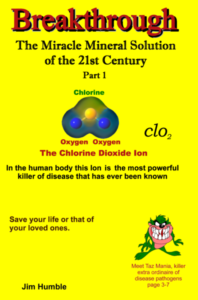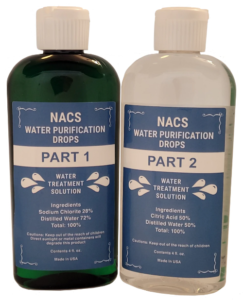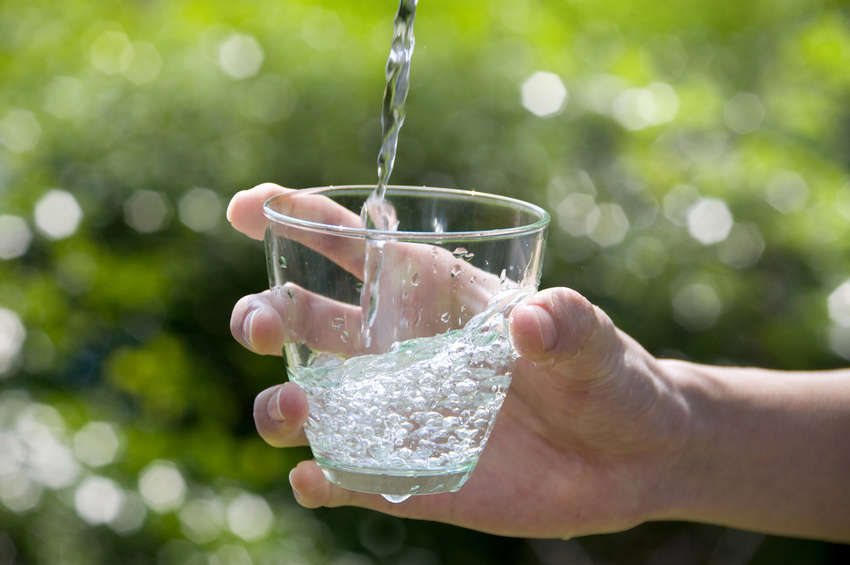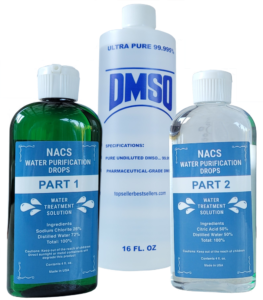Elementary school teacher from Hermosillo, Mexico relates eight stories regarding her use of MMS (chlorine dioxide). Clara Beltrones says, “I first started using the MMS on May 25 of this year. My youngest daughter’s tonsils became swollen with white spots on them. I took her to the doctor, and he prescribed penicillin and anti-inflammatory drops which I gave to her when we returned home. Within ½ hour her whole started to swell with spots similar to those her tonsils and she had problems breathing. I took her back to the same doctor who gave her a shot to bring the swelling down. I brought her home and in an hour nothing had happened. So, I called Jim Humble, and he said give her one drop MMS and then another drop an hour later. In the first 15 minutes of the first dose, the swelling of her body back to normal. I took her back to the doctor as I wanted him to see what was going on in her body. The doctor asked what I gave her, because the tonsils were halfway down, and the spots were gone. I decided not to say anything to the doctor. I came back home and gave her second drop. This happened during the morning and by that afternoon, she was back to normal except she had a runny nose. The next day she was completely clear.” (1)
In the book, Miracle Mineral Supplement of the 21st Century Part 2 by Jim Humble, Beltrones gives other detailed reports, such as, her aunt and her daughter tried MMS (Miracle Mineral Solution) and experienced tingling in their bodies after the first dose and noticed changes the next day. Her daughter, who had not had her period for six months and lacked breast development, saw breast growth and got her period. She also felt less nervous, lost weight, and stopped taking her psychiatrist-prescribed pills for depression. Her aunt felt more energized, slept better, and her chronic back and leg pain disappeared, so she stopped taking her prescribed pills for depression and anxiety. Two months later, both of them were still doing well. (2)
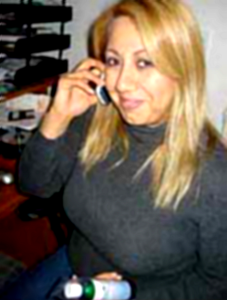
Other reports include Beltrones’ 5-year-old daughter, waking up with severe swelling all over her body, especially her eyes. She also had intense lower right abdominal pain and was vomiting due to the pain. After taking her to the emergency room, they diagnosed her with acute appendicitis and began preparations for an emergency operation. Beltrones decided to transfer her to a local private hospital and, in the meantime, administered a 6-drop dose of MMS (Miracle Mineral Solution) to the 5-year-old. Remarkably, her swelling reduced, and the pain nearly disappeared within 20 minutes. As a result, the hospital decided to keep her under observation rather than perform the surgery immediately. After three hours of observation and additional tests, the blood test, urine test, and X-rays came back negative for appendicitis. The doctor did not disclose the results of these tests, but the swelling and pain were gone. Upon returning home, her daughter experienced a severe stomach pain and passed water and green material in the restroom, which marked the end of her symptoms. No second dose of MMS was administered. (3)
Followed by the report of Liz who had complaints of back pain, leg pain, and cramps in her legs that had been ongoing since she was 18, following tonsil removal. She also had rheumatoid arthritis and varicose veins. Beltrones administered six drops of MMS (Miracle Mineral Solution) and a repeat dose an hour later. Within 15 minutes of the first dose, Liz’s lower back pain disappeared, and she could sit and stand without difficulty. The following morning, she reported being pain-free and able to sit comfortably, which amazed her. After three days of taking the nightly six-drop doses, her varicose veins remained the same size, but the pain was gone, and she experienced increased energy. Later, she mentioned a weight loss of 10 pounds. Subsequently, she went camping and was able to walk over 4 miles without pain or fatigue. During this period, she noticed that a fungus on the bottom of her foot that had been present for over 5 years had disappeared. Liz also reported that her skin was in better condition, and cramping before her period was no longer an issue. (4)
Then there was Martha, a small grocery store owner near the author’s house, complained of neck pain one morning, and the author administered two doses of MMS (Miracle Mineral Solution) an hour apart. The neck pain disappeared after the first dose, prompting Martha to keep a bottle of MMS in her store to treat people in the neighborhood and customers. (5)
For instance, Martha helped a person with a toothache by having them rinse their mouth with 15 drops of MMS, which provided immediate relief. She also began treating her mother, who suffered from emphysema and rheumatoid arthritis and was bedridden with oxygen support. After the first MMS dose, the mother vomited white substance, but the second dose, an hour later, allowed her to breathe comfortably without oxygen and sleep well. Over the following days, her condition improved significantly, with reduced pain, increased mobility, and the ability to walk with a walker. She continued taking six drops each night, with plans to increase the dosage. Martha also took MMS drops to alleviate feelings of nervousness and anxiety, which calmed her down quickly. (6)
Beltrones’ mother had suffered from acid reflux and hemorrhoids, which had caused inflammation in her lower intestines for many years. She started using MMS (Miracle Mineral Solution) with an initial dose of 15 drops. For the following two months, she took six drops daily. Then, she decided to increase the dosage to clean her system, going from 6 to 10 to 11 drops. By the third day, she felt great with lots of energy and continued taking MMS, losing six pounds and noticing a reduction in the size of her stomach. (7)
Finally, Beltrones’ 12-year-old son who suffered from Attention Deficit Disorder (ADD) throughout his life, for whom they had always paid for attendance to special schools, (which was costly in Mexico, at about $2000 US per year). Carlos had exhibited poor conduct and social skills, making it challenging for his mother to manage his chores and interactions with other children. After starting him on a daily regimen of 6 drops of MMS (Miracle Mineral Solution), her son began to show positive changes within about two weeks. His attitude improved, and he became more pleasant and well-behaved, getting along with others and displaying appreciation. She is excitedly awaiting reports from school. (8)
The full details of Clara Beltrones’ 8 reports can be found in Jim Humble’s book, “Miracle Mineral Supplement of the 21st Century Part 2.”

